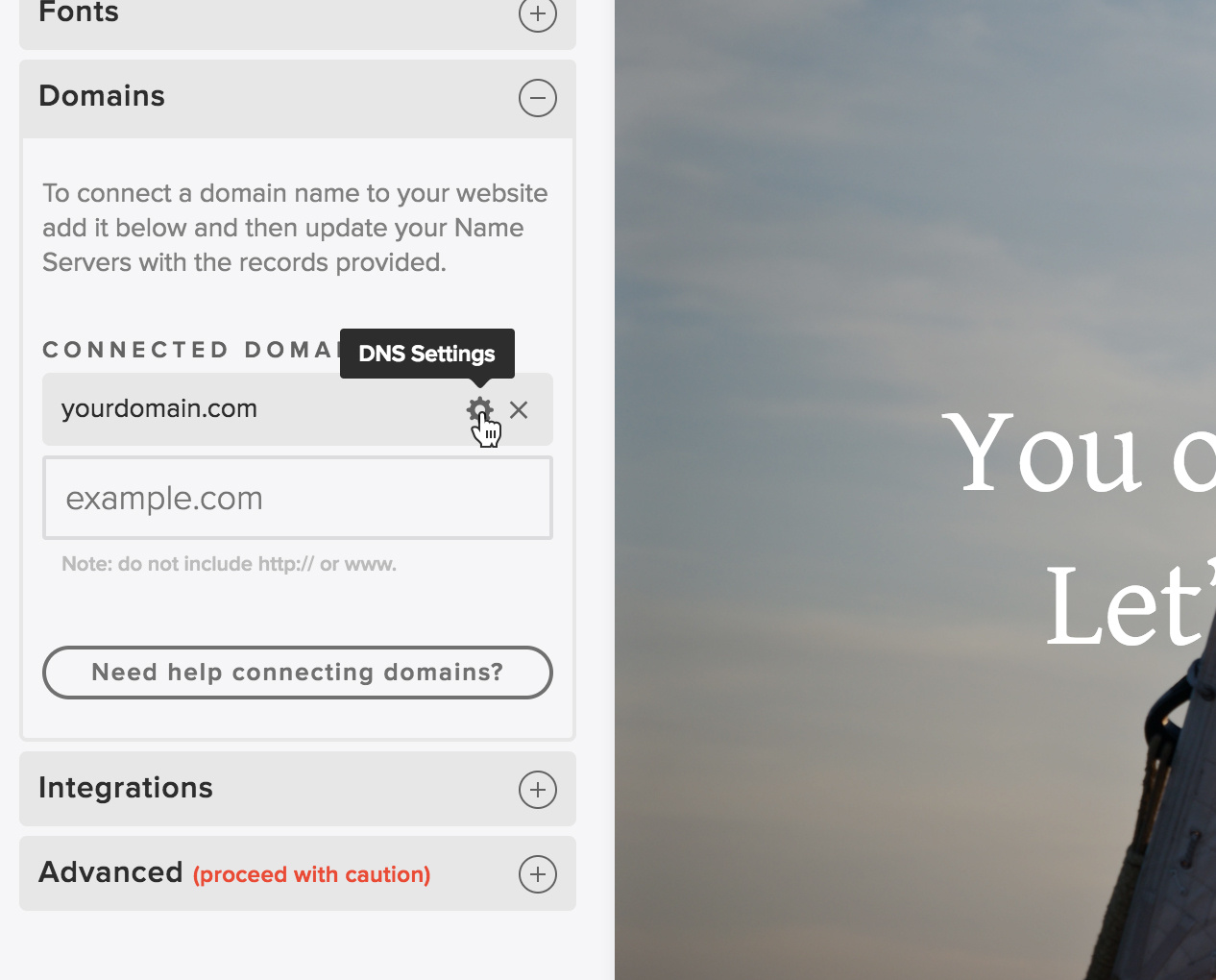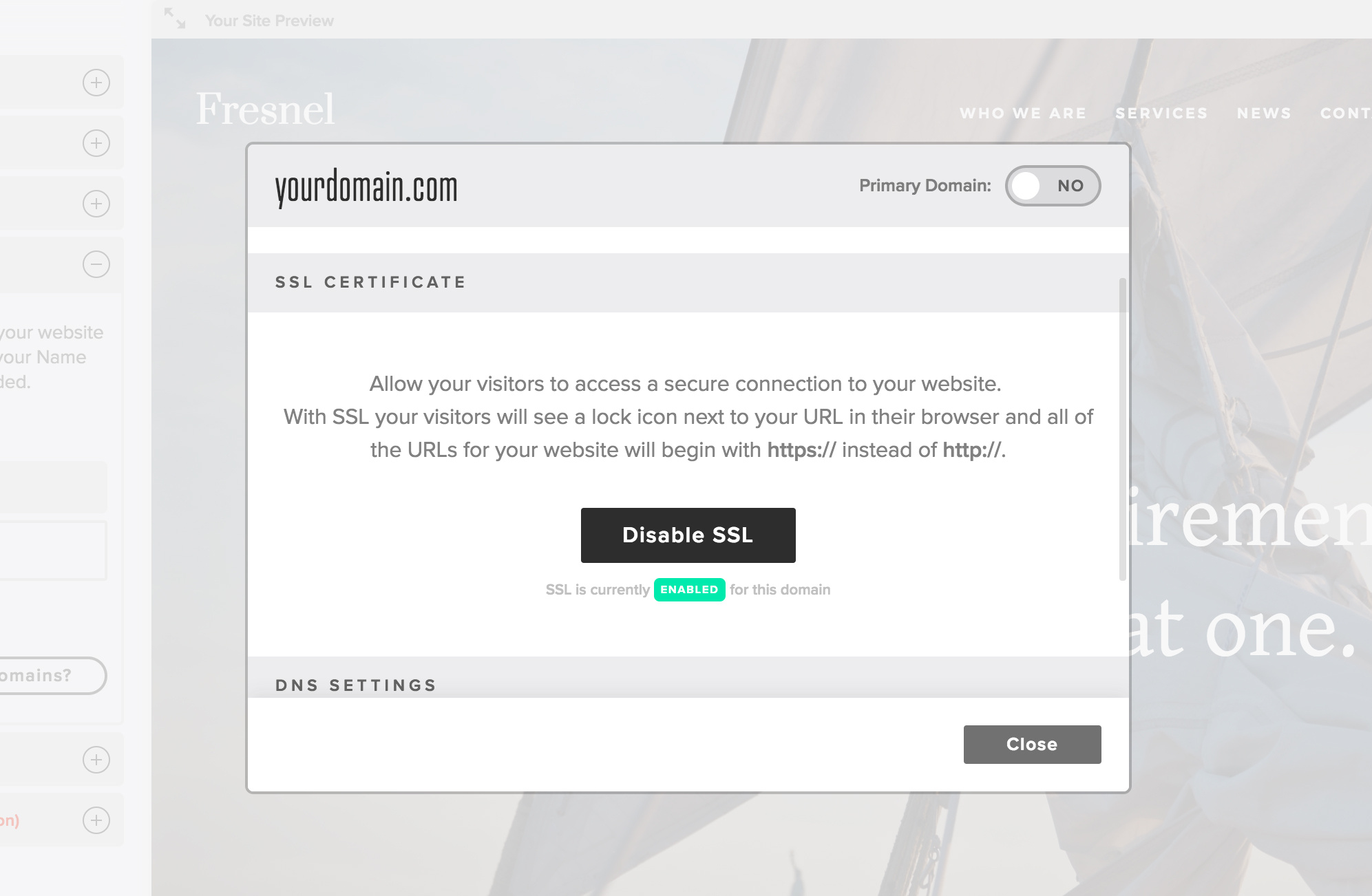Does Twenty Over Ten Support SSL?
Yes!
To manage SSL for our users, we’ve integrated with Let’s Encrypt, a free and open certificate authority (CA) run for the public’s benefit that provides free SSL certificates. Both Twenty Over Ten and Let’s Encrypt want to create a safer, more secure, and privacy-respecting web.
Note: We don’t offer the ability to install custom SSL certificates at this time.
What is SSL?
“SSL” stands for Secure Sockets Layer – a technology that creates a secure, encrypted connection between your web browser and the website you’re visiting. SSL allows both you and your website visitors to feel confident that all visitor information is secure. And we believe that confidence is an important part of your online identity.
When SSL is protecting a page, you’ll notice the URL in your browser bar will begin with https://, instead of http://, as well as a green lock icon. With the regular http:// protocol data is not encrypted, so it is more vulnerable to interception by third parties.
How can I enable SSL on my Twenty Over Website?
Watch A Video
We’ve made enabling SSL for your website free and painless. Follow the steps below to enable SSL for your connected domains:
STEP 1
Ensure the domain you want to enable SSL on is properly connected to your account. Navigate to the DNS Settings by clicking the “cog” icon for the domain in your list of Domains under your Site Settings:

STEP 2
In the Settings panel that you pulled up from the previous step, scroll down to the section titled “SSL Certificate”. You’ll see a green button that says Enable SSL. Click this to initiate setting up your FREE SSL certificate for this domain:

STEP 3
Once your SSL Certificate is successfully set up, you should see the following:

That’s it! You’re all set. All of your website pages can now be accessed over https://
Note: If you disable SSL, please be aware that anyone with previous URL’s to your SSL-enabled pages (https://) will no longer work and will show a warning to visitors who try to access it. In most cases, it’s best to leave this feature enabled.